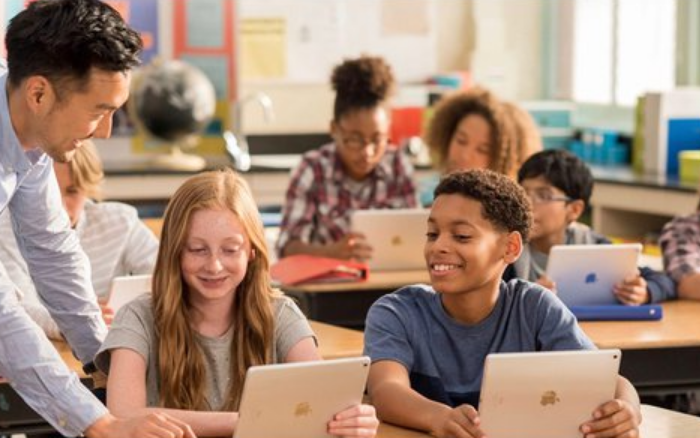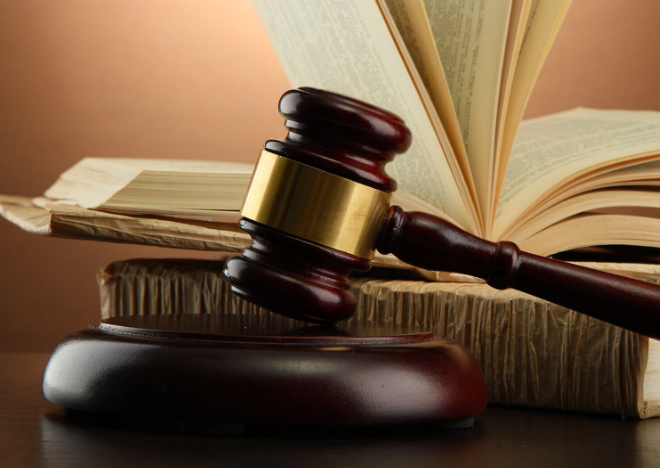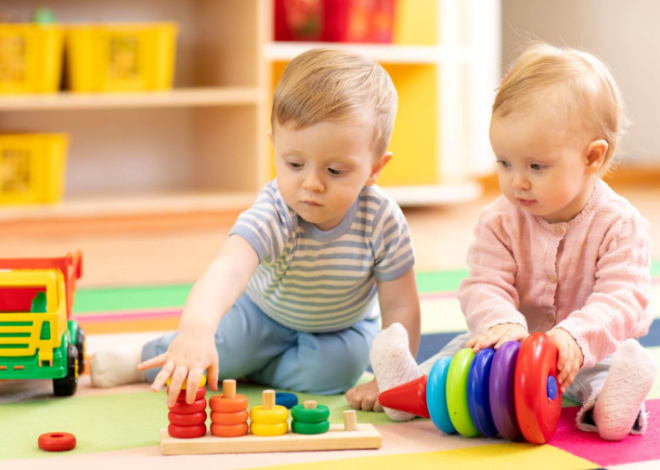
Modern Education and Emerging Trends Shaping the Future.
Step into the dynamic world of modern education, where a symphony of innovation, technology, and student-centered philosophies orchestrate a change of the learning experience for today's trailblazing learners. This thrilling voyage promises to reveal the very essence of modern education, unraveling its complexities and revealing the dynamic fabric that forms the landscape. Imagine an educational landscape in which established norms are challenged, classrooms vibrate with the hum of technological developments, and students are active architects of their educational journey rather than passive recipients.
This dynamic exploration focuses on the basic principles that underlie modern schooling. It defies conventional bounds, embracing adaptability as a trademark. It is a shift from inflexible systems of the past, replacing one-size-fits-all pedagogies with approaches that recognize and appreciate each individual's unique abilities and learning styles. It's an educational ecosystem in which flexibility is not only encouraged, but built into the fabric, preparing students for the fluid and unpredictable problems of the twenty-first century.
Modern Education Unveiled
We go on the first part of our trip, peeling back the layers of modern education to expose a significant transformation that goes beyond simple rhetoric. Modern education is a transformational force, a paradigm change that goes beyond the traditional limitations of learning. It is more than just a catchphrase; it is an evolution that reshapes the entire nature of education.
At its core, modern education is marked by three pillars: adaptation, innovation, and a departure from the one-size-fits-all model. The days of inflexible systems that treated each learner as if they were all the same are passed. Modern education values diversity and individuality, acknowledging that every student is a unique learner with particular abilities and learning methods. This realization represents a break from the conventional approach, which frequently limited pupils to the restrictions of standardized instructional approaches.
One of the most distinguishing elements of modern education is its effective use of technology. Far from being an afterthought, technology has become an essential component of the educational landscape. Classrooms are being turned into dynamic learning environments, with interactive whiteboards, internet platforms, and immersive tools replacing traditional teaching aids. This technology integration strives to create an environment in which students actively engage with the curriculum, rather than simply using gadgets. Learning becomes an immersive experience, encouraging a deeper understanding of concepts and cultivating a true desire to acquire knowledge.
Navigating Trends in Modern Education
We embark on the next part of our adventure, navigating the ever-changing sea of trends that constitute modern schooling. At the heart of this maritime expedition is digital literacy, an essential ability that has taken center stage in a technologically driven world. In today's world, when digital interfaces and platforms pervade every aspect of life, digital literacy has emerged as a critical skill. It is more than just an added ability; it is an essential part of education that enables students to negotiate the intricacies of the digital age with confidence and proficiency.
As we progress through our educational journey, we come across inclusive classrooms. Inclusivity is more than just a buzzword in education. Inclusive classrooms demonstrate a commitment to meeting learners' different needs, emphasizing that education is a universal right available to all. Modern education values and embraces variety, creating an environment in which students from varied backgrounds, abilities, and opinions can coexist peacefully. Inclusivity becomes a guiding principle, forming an educational ecosystem in which every learner, regardless of differences, can thrive and prosper.
Revolutionizing Learning with Modern Education
With each new development on this path toward transformation, the revolutionary nature of contemporary education becomes more apparent. Education is being propelled to new heights by the incorporation of technology. EdTech, which stands for “education plus technology,” is at the center of this shift, sparking a transformation that transforms traditional classrooms into dynamic centers of student engagement and new ideas.
Active learning tactics are rewriting the script of traditional learning and ushering in a new era of modern education. Students take an active role in their educational story, rather than just receiving knowledge. In contrast to the old paradigm, this change places less emphasis on the instructor as a medium of information transmission. The emphasis in today's classrooms is on student participation, encouraging natural curiosity, and developing analytical and problem-solving abilities. In an active learning setting, students do more than simply take in data; they actively engage in conversations, work on group projects, and get practical experience, all of which contribute to their knowledge and foster a love of learning.
Community Engagement: Beyond Classroom Walls in Modern Education
In the fourth leg of our educational journey, we go outside the traditional bounds of classrooms to investigate a critical aspect of modern education – community engagement. Modern education realizes that learning goes well beyond the pages of textbooks and the confines of the classroom. It is a dynamic process that connects with the real world, enabling students to not only absorb knowledge but also apply it in meaningful ways in their communities. Community participation is a cornerstone that enriches the educational experience by promoting experiential learning and building a strong sense of duty and global citizenship.
In modern education, community engagement is more than just an extracurricular activity; it is an essential part of the learning process. Students are encouraged to move outside of their comfort zones, discover their towns' different landscapes, and actively contribute to societal improvement. This direct participation in real-world settings bridges the gap between academic knowledge and practical application, providing students with important insights that go far beyond what textbooks teach.
Assessing Success: Modern Approaches to Educational Evaluation
In our final destination, we investigate the criteria that are used to evaluate success in contemporary schooling. Contemporary methods that take into account a more comprehensive perspective of a student's capabilities are replacing traditional methods of evaluation. The current educational system places a premium on project-based examinations, the application of information in real-world situations, and collaborative projects in addition to standardized testing. This transition is a reflection of the realization that success is not simply determined by test scores but rather by the development of skills, character, and the capacity to apply information in a variety of circumstances.
In conclusion
When we come to the end of this wonderful tour through contemporary education, one thing becomes abundantly clear: it is a revolution that goes beyond the traditional confines of learning. A modern education is a guiding light that points learners who are breaking new ground in the present day in the direction of a future in which adaptability, creativity, and community participation are not merely ideals but rather essential components of the educational journey. Learners who are paving the way for the future are not only students; rather, they are the builders of their own education, armed with the tools necessary to navigate and alter the world around them. We would like to use this opportunity to welcome you to the era of modern education, where the thrill of learning has no limits!



